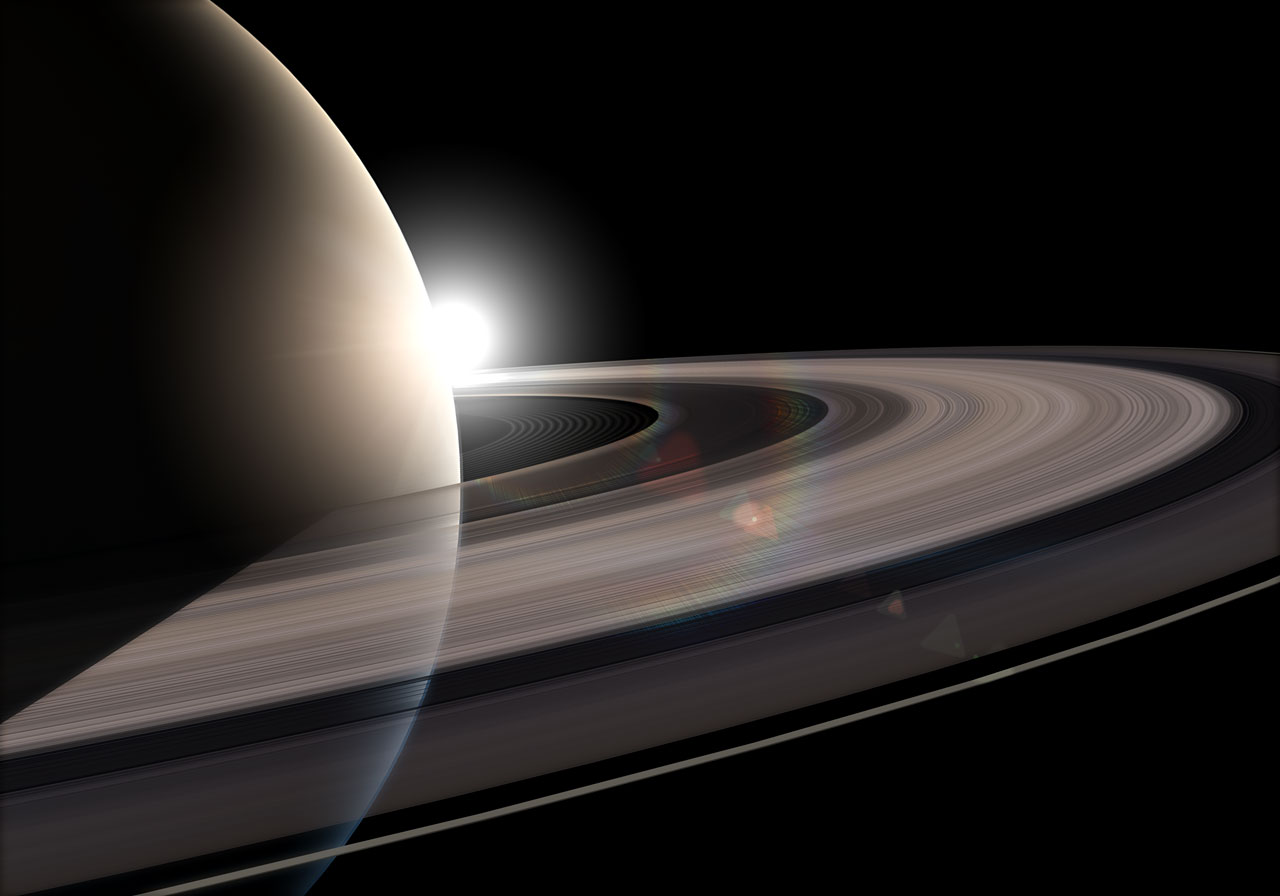We may finally have hope when it comes time to leave our home planet of Earth because we have destroyed it somehow. 500 light years away sits a planet that is the closest relative to the Earth that researchers have discovered.
According to NASA scientists, the planet known as Kepler-186f, is roughly the same size as Earth and resides in the habitable zone of another zone. The habitable zone is basically a Goldilocks zone. Just right. Not too hot like our Mercury and Venus and not too cold like our Neptune.
“It’s no longer in the realm of science fiction,” said Elisa Quintana, a researcher at the SETI Institute.
The NASA scientists also explained that even though Kepler-186f is similar to Earth, there are very distinct differences. The body has a redder wavelength of light which would cause the vegetation to be in hues or yellow and orange rather than green.
“It’s perhaps more like Earth’s cousin than Earth’s twin,” said Tom Barclay, a NASA researcher who spoke about the finding in conference call with reporters.
Kepler-186f is about 10 percent larger than Earth and it orbits a sun that is cooler, dimmer, and about half the size of our own. The effects of gravity would be “slightly” more apparent there, so “you would feel heavier,” Meadows said.
Also the planet has a shorter year than we do, orbiting its star once every 130 days. On Earth, of course, we take 365 days to make it around the sun. But who knows, the year on Kepler could change. Scientists believe that circa 380 million years ago, there were 410 days in an Earth year.
The actual makeup of the Kepler is currently unknown, but given its size and other characteristics, they think it’s a rocky combo like Earth.
While I am sure that scientists are just dying to launch an expedition to Kepler-186f, the first step will be attempting to characterize the planet’s atmosphere, beginning with determining that it even has one.



























